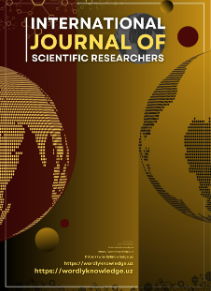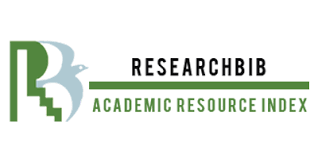THE CATEGORY OF INFORMATIVITY OF A LITERARY TEXT: CONCEPTUAL, SUB-TEXTUAL, AND CONTENT-CONCEPTUAL INFORMATION
Keywords:
Informativity, literary text, conceptual information, sub-textual information, content-conceptual information, text interpretation, meaning-makingAbstract
The category of informativity in literary texts plays a crucial role in shaping the reader's understanding of the underlying message and meaning. This paper explores the levels of informativity in literary works, focusing on three main types of information: conceptual, sub-textual, and content-conceptual. By analyzing how these forms of information are constructed and communicated, we aim to clarify their impact on literary interpretation and their contribution to the depth of a text.
References
1.Barthes, R. (1975). The Pleasure of the Text. Hill and Wang.
2.Eco, U. (1989). The Open Work. Harvard University Press.
3.Fish, S. (1980). Is There a Text in This Class? The Authority of Interpretive Communities. Harvard University Press.
4.Iser, W. (1978). The Act of Reading: A Theory of Aesthetic Response. Johns Hopkins University Press.
5.Lotman, Y. M. (1990). Universe of the Mind: A Semiotic Theory of Culture. Indiana University Press.
6.Rimmon-Kenan, S. (2002). Narrative Fiction: Contemporary Poetics (2nd ed.). Routledge.
7.Van Dijk, T. A. (1977). Text and Context: Explorations in the Semantics and Pragmatics of Discourse. Longman.
8.Widdowson, H. G. (1979). Explorations in Applied Linguistics. Oxford University Press.







